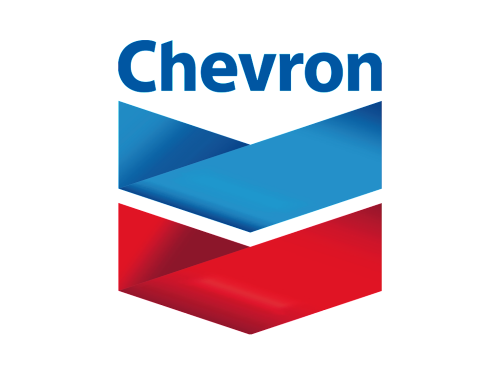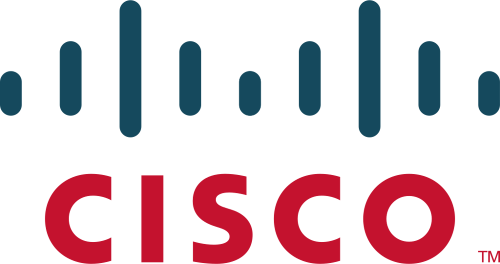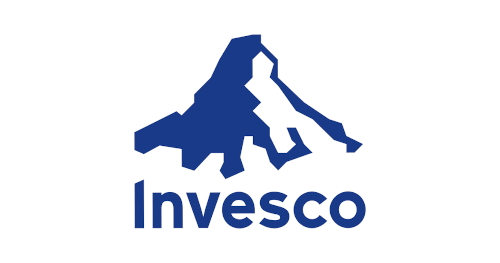A hypervisor is software that creates and manages virtual machines (VMs) by abstracting the physical hardware of a server and allowing multiple applications to run simultaneously on the same machine. Data center professionals rely on hypervisors to consolidate workloads, optimize hardware utilization, and support scalable, flexible IT environments.
Key Benefits of Hypervisors
Hypervisors are important to modern data center operations because they enable:
- Increased utilization. Hypervisors allow multiple workloads to run on the same physical hardware, improving overall resource efficiency.
- Reduced costs. Consolidating servers can lower space, power, and cooling requirements.
- Higher scalability. Virtual machines can be provisioned quickly to meet changing business or application needs.
- Support for high availability. Workloads can be migrated between hosts with minimal downtime.
- Improved disaster recovery. Virtual machines can be replicated and restored faster than rebuilding physical servers.
Common Hypervisor Platforms
Some popular hypervisor platforms include:
- VMware vSphere/ESXi. This is the most widely used hypervisor, known for stability and advanced management tools.
- Microsoft Hyper-V. This platform is integrated into Windows Server and Azure ecosystems.
- KVM (Kernel-based Virtual Machine). This is an open-source option widely adopted in Linux environments.
- Nutanix. Nutanix AHV is a built-in hypervisor in the Nutanix Cloud Platform, designed for simplicity and tight integration with hyperconverged infrastructure.
Challenges of Managing Hypervisors
While hypervisors make it possible to run multiple virtual machines on a single host, managing them may come with challenges, such as:
- Tracking multiple hypervisors across different environments (VMware, Hyper-V, etc.)
- Understanding how VMs map to physical hosts
- Monitoring resource allocation and utilization for each virtual machine
- Preventing “VM sprawl” and underutilized resources
- Maintaining security, patching, and compliance across hosts
- Integrating hypervisor data with other IT and facilities management systems
Integrating Private Cloud Platforms with DCIM Software
Data center professionals are increasingly integrating Data Center Infrastructure Management (DCIM) software with their private cloud tools to create a single pane of glass across data center operations, IT, and facilities.
Sunbird DCIM’s out-of-the-box connectors and fully documented APIs enable integration with VMware, Microsoft Hyper-V, and systems that contain information about assets, virtual machines, data/power ports, or circuits and exposes this information via RESTful API.
With this integration, virtual machines can be automatically synced with their physical hosts, providing insights into which assets may be affected by maintenance or operational changes so that customers can be notified.
DCIM integration enables the tracking of VM attributes such as CPU type, RAM, disk, operating system, domain, users, processes, services, VM cluster, VM host, power state, tags, notes, and MAC address.
This holistic visibility allows operators to plan capacity by correlating VM workloads with rack space, power, and cooling, monitor resource use within the physical infrastructure and maintain accurate inventories of both virtual and physical assets to increase operational efficiency.
Want to learn more about how organizations are integrating private cloud and other tools with Sunbird DCIM to create a single pane of glass? Read our application note on this topic.




























